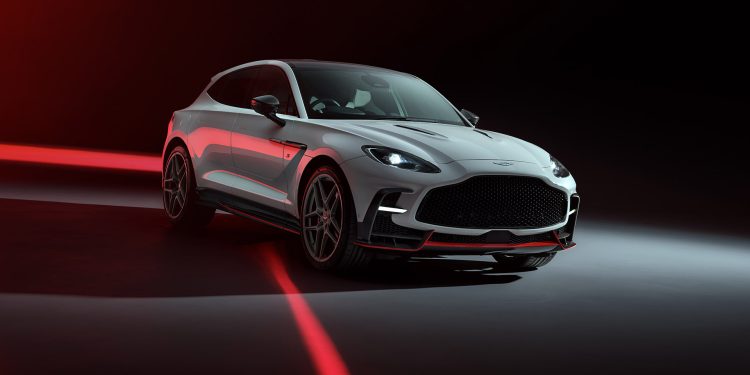Aston Martin DBX S – a sharper SUV flagship
Words by NZ Autocar magazine
Aston Martin has unveiled the DBX S, a new range-topping variant of its luxury SUV that aims to sharpen the dynamic edge of the DBX lineup. Building on the foundation laid by the DBX707, the DBX S introduces more power, reduced weight and subtle yet functional design changes intended to deliver improved driving engagement and agility.
The DBX S continues Aston Martin’s tradition of using the ‘S’ suffix to denote high-performance derivatives, first seen with the Vanquish S in 2004. In the case of the DBX S, this approach is applied to its SUV platform, positioning the new model as a performance flagship with closer ties to the marque’s upcoming mid-engine Valhalla supercar.
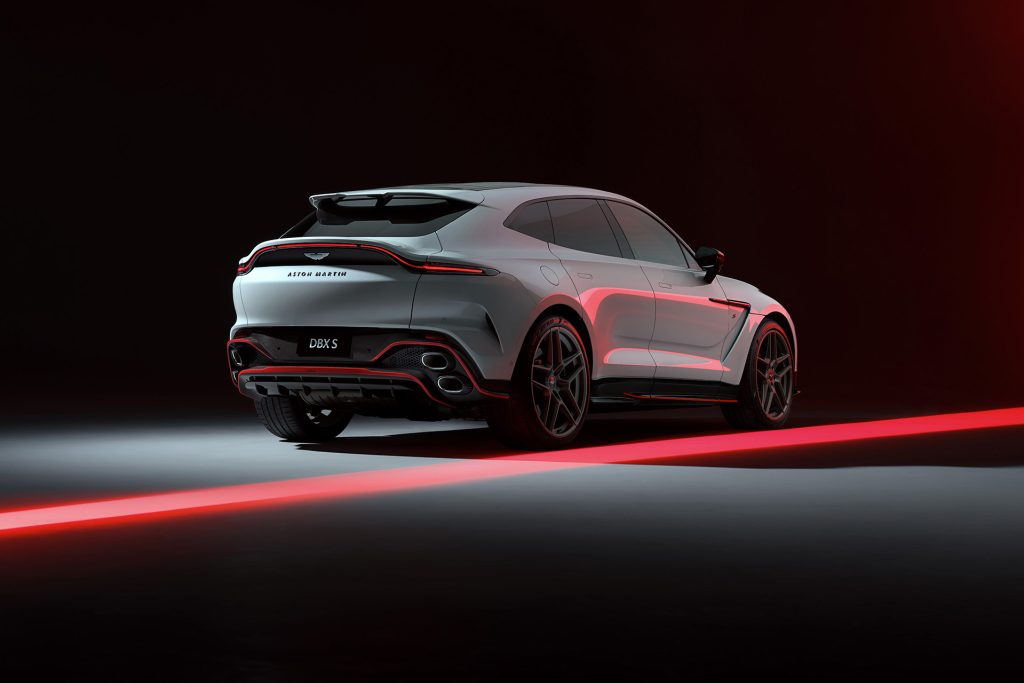
At the core of the DBX S is an updated version of Aston Martin’s 4.0-litre twin-turbo V8 engine. Shared with the DBX707 but featuring larger turbo compressor wheels and internal upgrades derived from the Valhalla program, the engine now produces 727PS (535kW), an increase of 20PS. The additional output reduces the 0–100km/h sprint to 3.3 seconds, with a 0.3-second improvement in the 0–200km/h benchmark. Top speed remains unchanged at 310km/h.
Read more 2022 Aston Martin DBX707 review
Acoustic enhancements come via a revised exhaust system, which amplifies the V8’s sound signature, particularly in the upper rev range. Power is delivered through a nine-speed wet clutch transmission, capable of sending up to 100 per cent of torque to the rear axle. Transmission tuning has also been revised, with more aggressive downshifts in Sport and Sport+ modes and gear changes adapted for the extended powerband.

Weight saving has been another focus. A new optional carbon fibre roof—the largest single carbon piece ever fitted to an Aston Martin—removes the standard roof rails and lowers the vehicle’s centre of gravity, saving 18kg. Optional 23-inch magnesium wheels, a first for any SUV, shed an additional 19kg of unsprung mass. A lightweight honeycomb-pattern polycarbonate grille and reprofiled rear bumper and diffuser in carbon fibre trim can further trim overall weight by 7kg.
These measures are matched with revised suspension tuning and faster steering (by 4 per cent), resulting in a reduced turning circle of 12 metres and a more responsive feel on road. Aston Martin claims roll is limited to just 1.5 degrees under hard cornering thanks to electronic roll control, while spring rates and damper settings vary with drive mode to optimise grip and comfort.
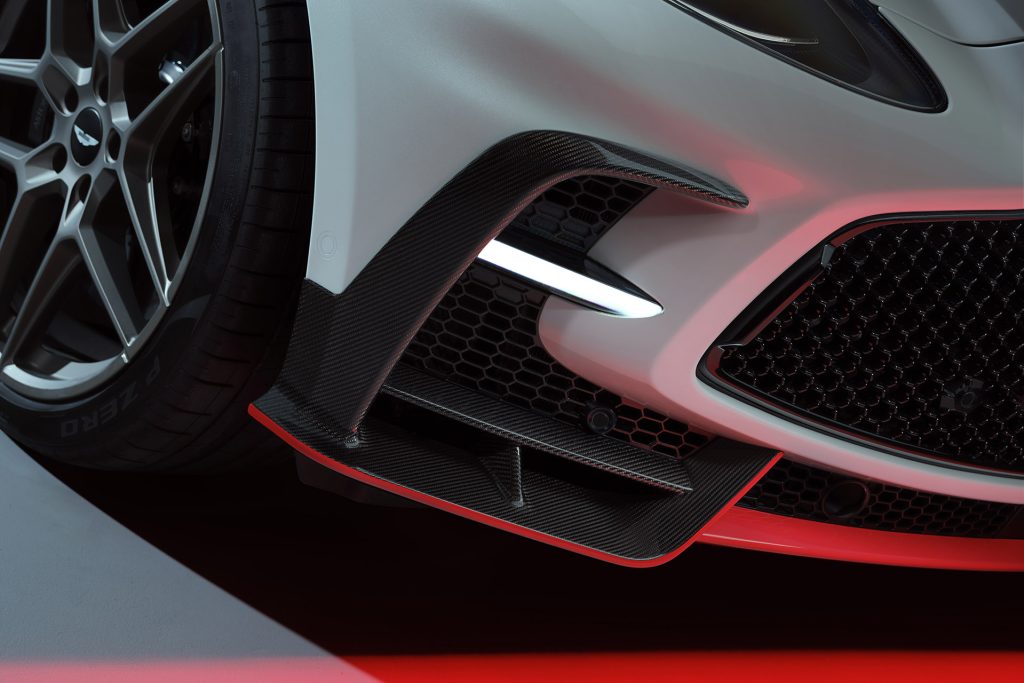
Braking performance is provided by standard carbon ceramic discs—420mm front and 390mm rear—ensuring stopping power matches the vehicle’s performance credentials.
Visually, the DBX S is distinguished by a black vaned grille, new front splitter, and a quad exhaust arrangement now vertically stacked at the rear. A new lower livery design is available in Rosso Corsa Red, Trophy Silver or Podium Green, extending across the splitter, side sills and diffuser.
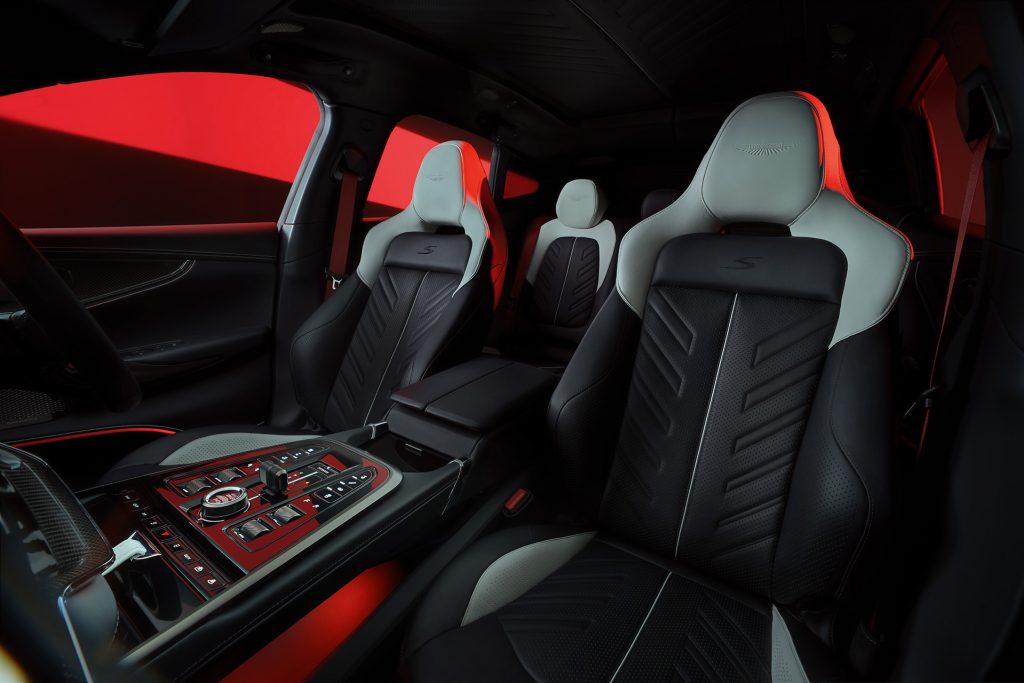
Inside, the DBX S adopts a new herringbone seat design as standard, with optional extension to the headliner when the carbon roof is specified. Trim is predominantly Alcantara, with leather used in high-wear areas, and full semi-aniline leather upholstery offered as an alternative. Red seatbelts and embroidered ‘S’ badging reinforce the model’s identity.
Technology updates include Aston Martin’s new in-house infotainment system and a 14-speaker, 800W premium audio setup as standard. An optional 1600W Bowers & Wilkins system with 23 speakers, tailored to the DBX S’s cabin acoustics, is available for those seeking a more immersive audio experience.
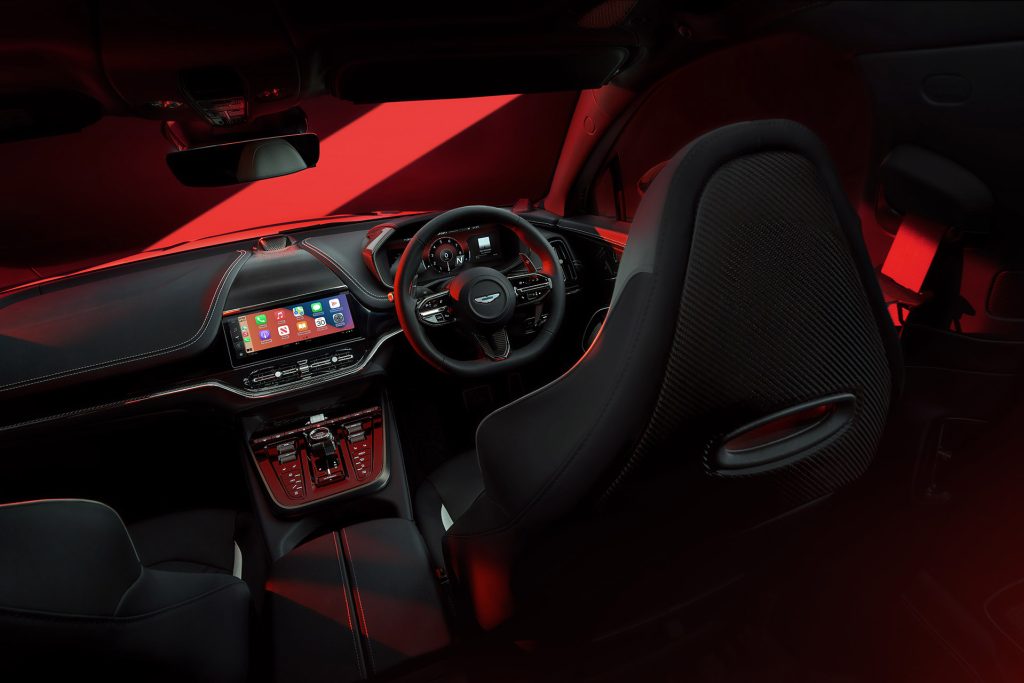
The DBX S is available to order now, with first deliveries scheduled for the final quarter of 2025.


